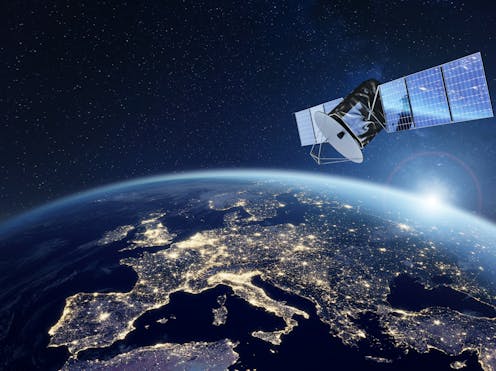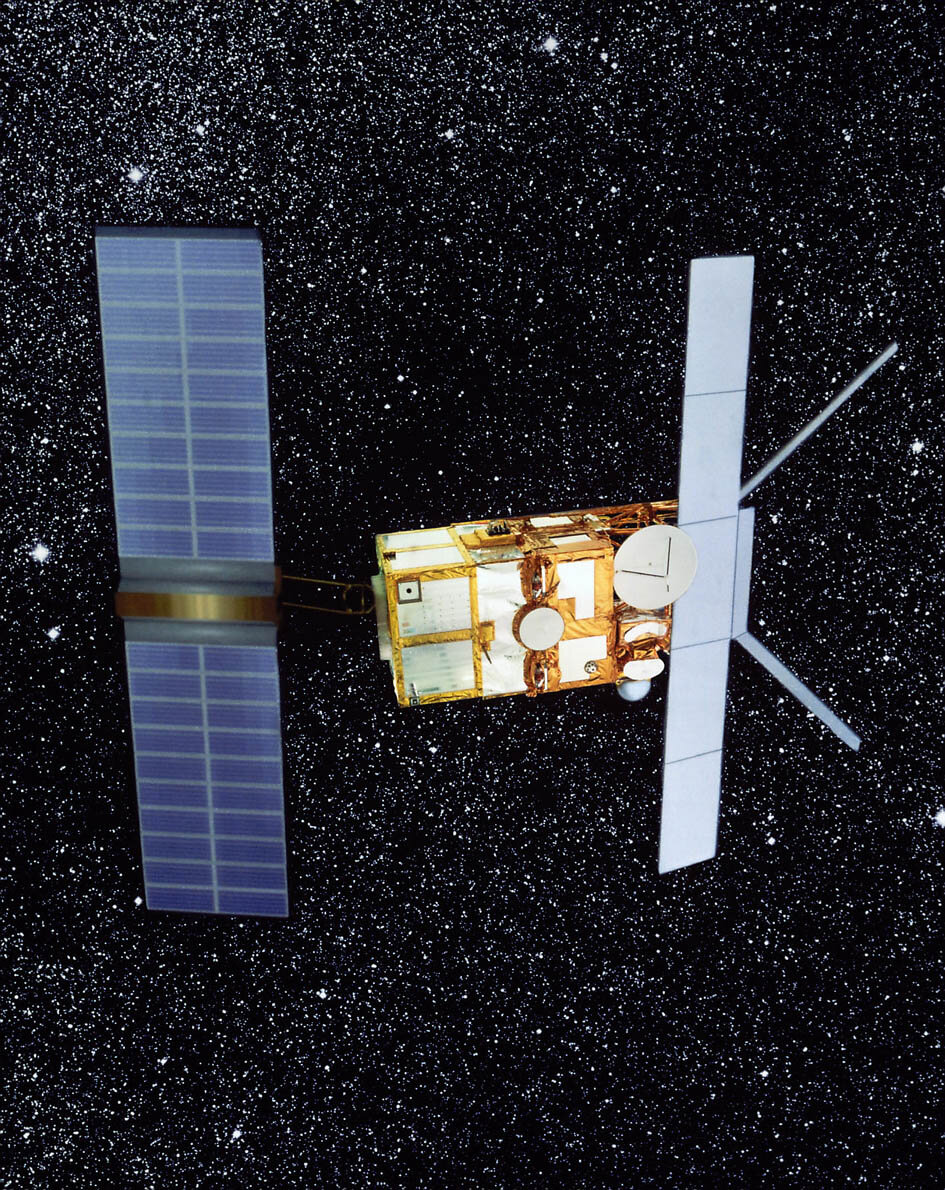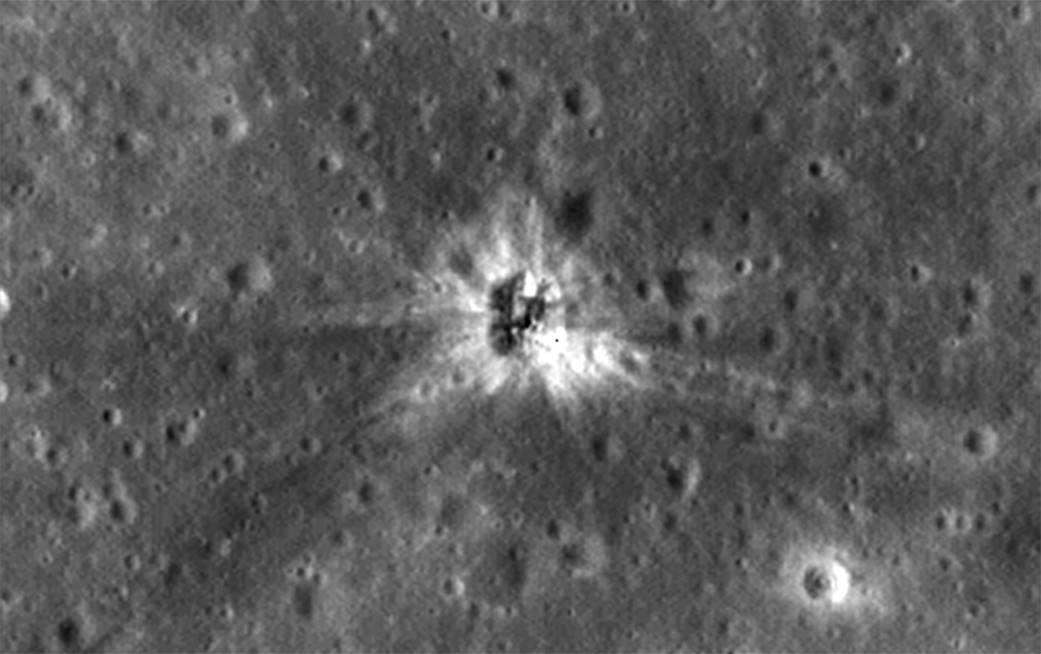Space debris is a major problem for space exploration. There are millions of pieces up there in orbit from flecks of paint to defunct satellites. It is a known challenge to space exploration creating a shell of uncontrolled debris which could cause damage to orbiting craft or astronauts. A team at Astroscale have a spacecraft in orbit whose singular purpose has been to rendezvous with a defunct Japanese upper-stage rocket module. On arrival it is to survey the debris to test approach and survey techniques to ultimately inform how we can remove them from orbit.
Continue reading “Astroscale Closes Within 50 Meters of its Space Junk Target”A Mission To Find 10 Million Near Earth Asteroids Every Year
So far, scientists have found around 34,000 near-Earth asteroids (NEAs) that could serve as humanity’s stepping stone to the stars. These balls of rock and ice hold valuable resources as we expand throughout the solar system, making them valuable real estate in any future space economy. But the 34,000 we know of only make up a small percentage of the total number of asteroids in our vicinity – some estimates theorize that up to 1 billion asteroids larger than a modern car exist near Earth. A project from the Trans Astronautics Corp (TransAstra), an asteroid-hunting start-up based in California, hopes to find the missing billion.
Continue reading “A Mission To Find 10 Million Near Earth Asteroids Every Year”This is an Actual Picture of Space Debris
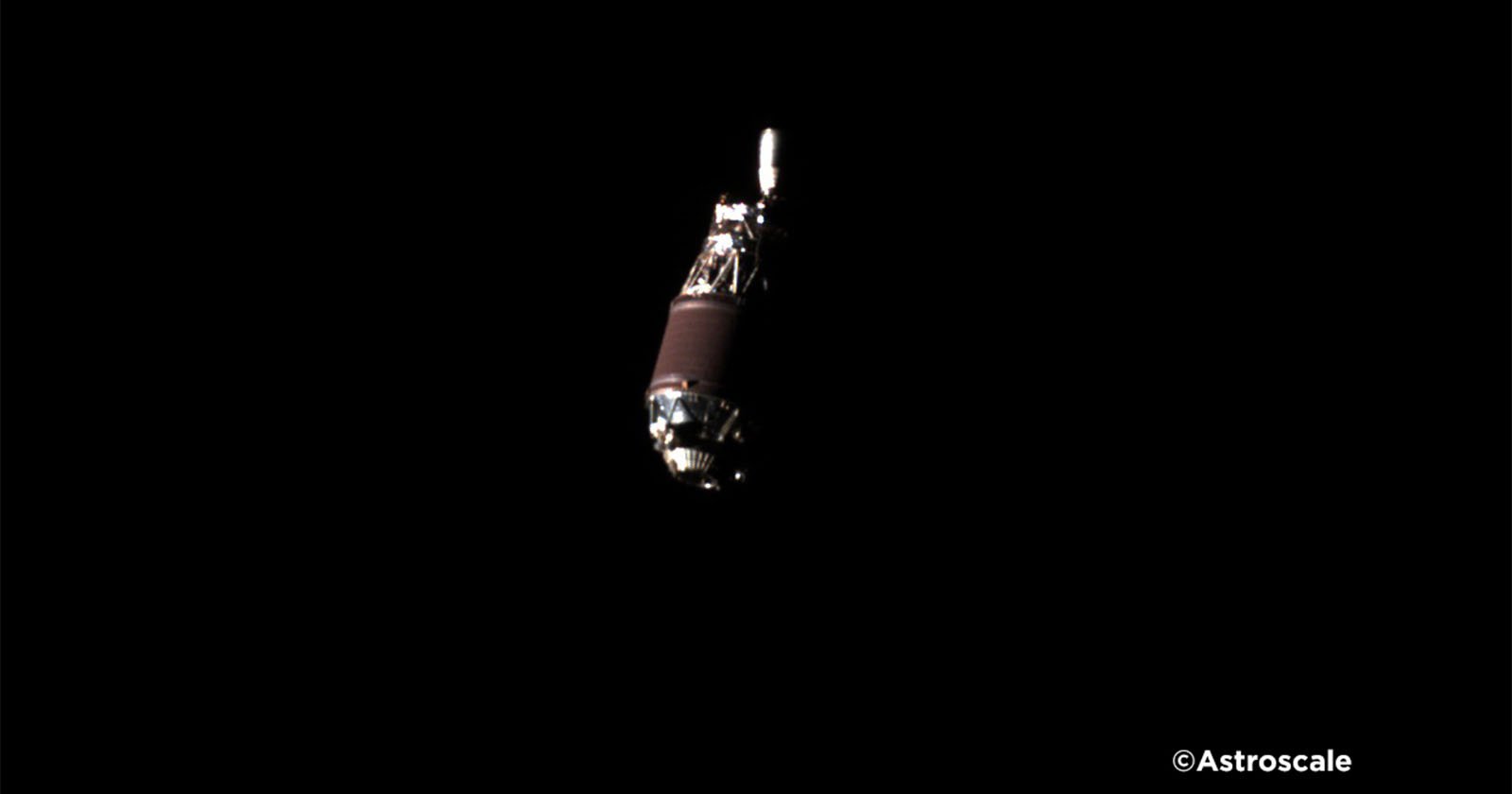
Space debris is a growing problem, so companies are working on ways to mitigate it. A new satellite called ADRAS-J was built and launched to demonstrate how a spacecraft could rendezvous with a piece of space junk, paving the path for future removal. Astroscale Japan Inc, the Japanese company behind the satellite, released a new picture from the mission showing a close image of its target space debris, a discarded Japanese H2A rocket’s upper stage, captured from just a few hundred meters away.
Continue reading “This is an Actual Picture of Space Debris”Watch a Real-Time Map of Starlinks Orbiting Earth
In an effort to enhance the educational outreach of their Starlink constellation, there is an interactive global map of their Starlink internet satellites, which provides live coverage of every satellite in orbit around the Earth. This interactive map and information was produced by Will DePue, who is a an OpenAI programmer and openly states he is not affiliated with SpaceX or Starlink. This interactive map comes as SpaceX continues to launch Starlink satellites into orbit on a near-weekly basis with the goal of providing customers around the world with high-speed internet while specifically targeting rural regions of the globe. In 2022, Starlink officially reached all seven continents after Starlink service became available in Antarctica. Additionally, SpaceX announced in 2023 a partnership with T-Mobile for Starlink to provide mobile coverage, as well.
Continue reading “Watch a Real-Time Map of Starlinks Orbiting Earth”Anti-Satellite Weapons Will Threaten Everyone’s Access to Space
It’s a headline straight out of the movies yet the White House has recently confirmed it believes that Russia is building space-based anti-satellite weapon! There seems to be no conclusive evidence what this might be but one option may be a nuclear bomb that would indiscriminately wipe out satellites within a huge volume of space! Not only would it devastate satellites but would cause more problems down on the surface and create a whole load of space junk.
Continue reading “Anti-Satellite Weapons Will Threaten Everyone’s Access to Space”Astroscale’s Satellite is Now Chasing Down a Real Piece of Space Debris
Space debris is a thing.. It seems whether we explore the Earth or space we leave rubbish in our wake. Thankfully, organisations like Astroscale are trying to combat the problem of debris in space with a new commercial debris inspection demonstration satellite. Named ADRAS-J, the satellite – which is now in orbit – is hunting down an old Japanese upper stage rocket body which was launched in 2009. It will approach to within 30 metres to study the module from every angle and work out how it can be safely de-orbited by a future mission.
Continue reading “Astroscale’s Satellite is Now Chasing Down a Real Piece of Space Debris”European Satellite ERS-2 to Reenter Earth’s Atmosphere This Week
One of the largest reentries in recent years, ESA’s ERS-2 satellite is coming down this week.
After almost three decades in orbit, an early Earth-observation satellite is finally coming down this week. The European Space Agency’s (ESA) European Remote Sensing satellite ERS-2 is set to reenter the Earth’s atmosphere on or around Wednesday, February 21st.
Continue reading “European Satellite ERS-2 to Reenter Earth’s Atmosphere This Week”ESA Plans to Eliminate New Space Debris by 2030
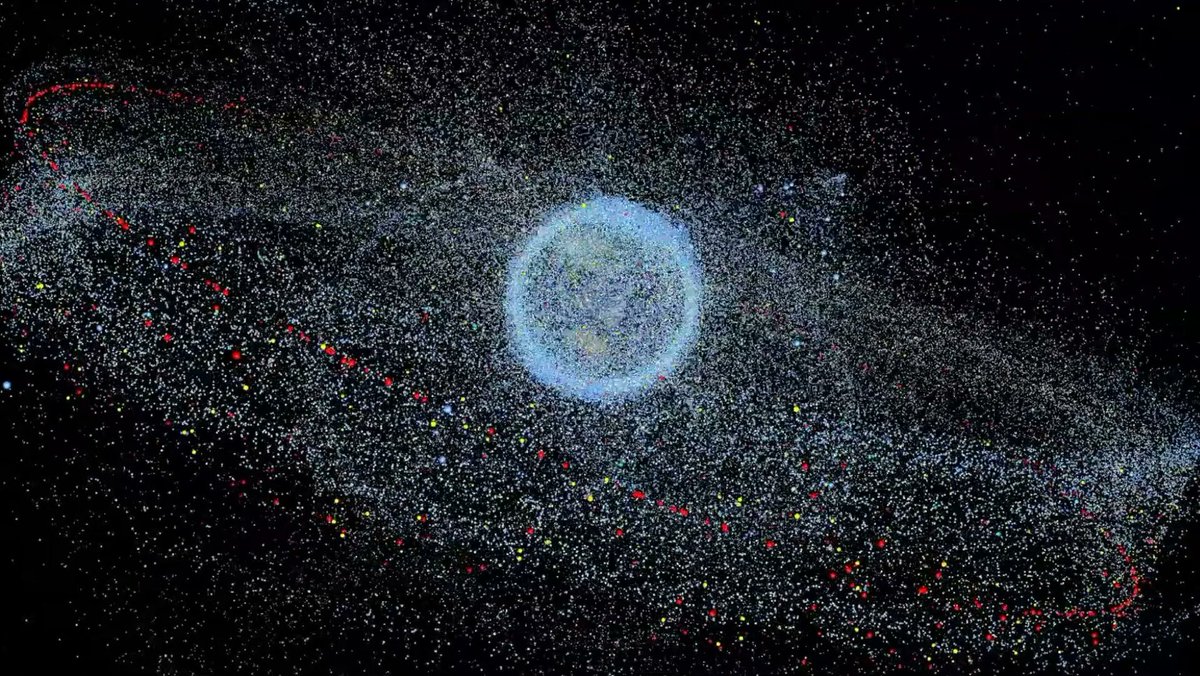
What can we do about space junk? We know how much debris is in orbit, and we know the problem is getting worse. It’s our fault.
Our Earth now has a halo of orbital debris, and the ESA has a plan to stop contributing to the problem.
Continue reading “ESA Plans to Eliminate New Space Debris by 2030”It’s Time to Start Worrying About Space Junk Around the Moon, Too
Researchers look to track and mitigate the growing number of space junk objects around the Moon.
It’s getting crowded up there. An increase in military, commercial and scientific launches, coupled with a lower cost for rideshare cubesat launches, means lots more space junk to deal with in coming years. And we’re not just talking about low Earth orbit; the Moon and cis-lunar (near lunar space) is about to become busy as well.
Continue reading “It’s Time to Start Worrying About Space Junk Around the Moon, Too”Samples Returned From Mars Will be Protected by a Micrometeorite Shield

In a few years, NASA and the ESA will conduct the long-awaited Mars Sample Return (MSR) mission. This mission will consist of a lander that will pick up the samples, an ascent vehicle that will send them to orbit, an orbiter that will return them to Earth, and an entry vehicle that will send them to the surface. This will be the first time samples obtained directly from Mars will be returned to Earth for analysis. The research this will enable is expected to yield new insights into the history of Mars and how it evolved to become what we see today.
Returning these samples safely to Earth requires that protective measures be implemented at every step, including transfer, ascent, transit, and re-entry. This is especially true when it comes to the Earth Entry System (EES), the disk-shaped vehicle that will re-enter Earth’s atmosphere at the end of the mission. In addition to a heat shield, engineers at NASA’s White Sands Test Facility (WSTF) near Las Cruces, New Mexico, are busy testing shielding that will protect the vehicle from micrometeorites and space debris during transit back to Earth and during re-entry.
Continue reading “Samples Returned From Mars Will be Protected by a Micrometeorite Shield”



